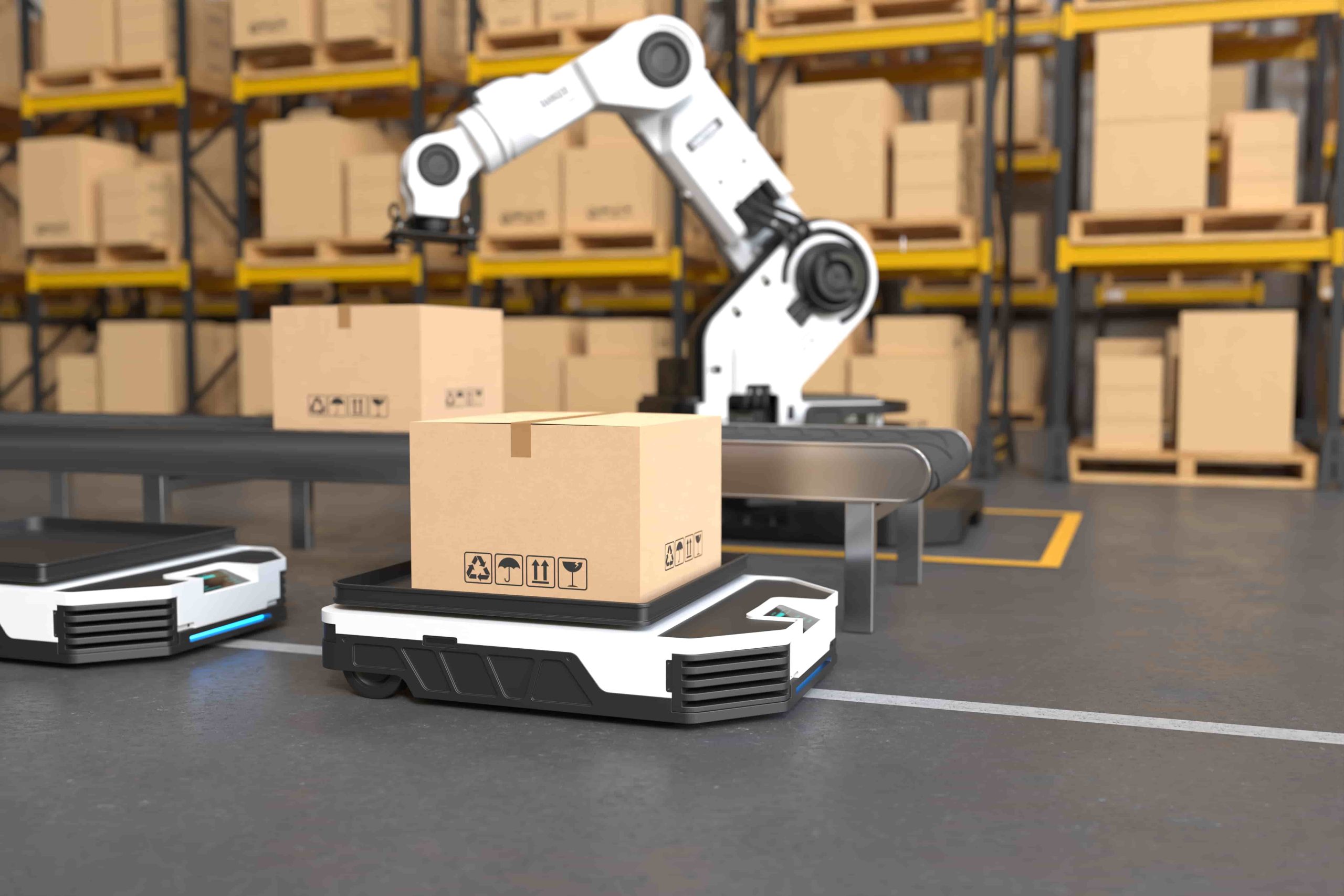
Smart Factory Automation Solutions: Boost Efficiency Today
The manufacturing industry is evolving faster than ever. Smart factory automation solutions are at the center of this transformation. They combine intelligent systems, IoT, and robotics to improve efficiency, quality, and flexibility.
In this article, you’ll learn what smart factory automation solutions are, how they work, their key benefits, and how to implement them in your own facility. Whether you run a small workshop or a large industrial plant, this guide will help you understand why automation is no longer optional.
What Are Smart Factory Automation Solutions?
Smart factory automation solutions integrate advanced technologies into manufacturing processes. These include:
-
Robotics for assembly, packaging, and material handling.
-
Industrial IoT for real-time monitoring.
-
AI-driven analytics for predictive maintenance.
-
Automated quality control using vision systems.
By connecting machines, sensors, and software, these solutions allow factories to operate more efficiently and respond quickly to changes in demand.
Why Invest in Smart Factory Solutions?
Investing in smart factory automation solutions can transform your manufacturing process. The main benefits include:
1. Increased Productivity
Automated systems can run 24/7, reducing downtime and increasing output.
2. Reduced Operational Costs
Automation reduces waste, labor costs, and energy consumption.
3. Improved Quality Control
Sensors and AI detect defects in real-time, ensuring consistent quality.
4. Enhanced Flexibility
Quickly adapt to product changes and customization requests.
Core Components of Smart Factory Automation Solutions
To successfully deploy smart factory solutions, you need to understand their core components.
1. Industrial IoT (IIoT)
Networks of connected devices monitor and control manufacturing operations.
2. Robotics and Cobots
Collaborative robots work safely alongside humans to perform repetitive tasks.
3. Cloud-Based Analytics
Data from machines is analyzed in the cloud to improve decision-making.
4. Machine Vision Systems
Cameras and AI algorithms inspect products for defects.
How to Implement Smart Factory Automation Solutions
Transitioning to smart factory solutions requires careful planning.
Step 1: Assess Current Processes
Identify repetitive tasks that can be automated.
Step 2: Choose the Right Technology
Select solutions that align with your production goals.
Step 3: Start Small
Pilot automation in one area before scaling.
Step 4: Train Your Team
Employees should know how to operate and maintain new systems.
Real-World Example of Smart Factory Automation Solutions
One global electronics manufacturer implemented smart automation solutions in its assembly line. The result?
-
40% increase in productivity.
-
25% reduction in waste.
-
Near-zero defect rates.
You can read more about similar success stories from Siemens Digital Industries and Rockwell Automation.
Common Challenges and How to Overcome Them
Even the best smart factory automation solutions come with challenges:
-
High Initial Costs – Start with scalable solutions.
-
Skill Gaps – Provide ongoing employee training.
-
Integration Issues – Choose systems compatible with existing equipment.
FAQs
1. What industries can use smart factory automation solutions?
Almost every manufacturing sector, including automotive, electronics, food, and pharmaceuticals.
2. Are smart automation solutions expensive?
They can require significant upfront investment but offer a fast ROI through cost savings.
3. Can small factories benefit from these solutions?
Yes. Start with modular automation tools and scale over time.
The Time to Act Is Now
Smart factory automation solutions are no longer a futuristic idea they are a competitive necessity. They improve productivity, reduce costs, and boost product quality. By starting small and scaling strategically, any manufacturer can adopt automation successfully. Open Source in Networking: Pros and Cons
For further insights, check out our Smarter Apps Using IoT with MLOps Integration to see how we help businesses transition smoothly into the smart factory era.
Author Profile

- Online Media & PR Strategist
- Hello there! I'm Online Media & PR Strategist at NeticSpace | Passionate Journalist, Blogger, and SEO Specialist
Latest entries
 Scientific VisualizationOctober 29, 2025Federated Learning Technology in Medical Privacy AI
Scientific VisualizationOctober 29, 2025Federated Learning Technology in Medical Privacy AI Scientific VisualizationOctober 29, 2025Brain Visualization Ethics: Balancing Innovation and Privacy
Scientific VisualizationOctober 29, 2025Brain Visualization Ethics: Balancing Innovation and Privacy Computer Aided-EngineeringOctober 25, 2025How 5G CAE Workflows Transform Remote Engineering
Computer Aided-EngineeringOctober 25, 2025How 5G CAE Workflows Transform Remote Engineering Data AnalyticsOctober 6, 2025Data Analytics Freelancing Success Tips for Professionals
Data AnalyticsOctober 6, 2025Data Analytics Freelancing Success Tips for Professionals

